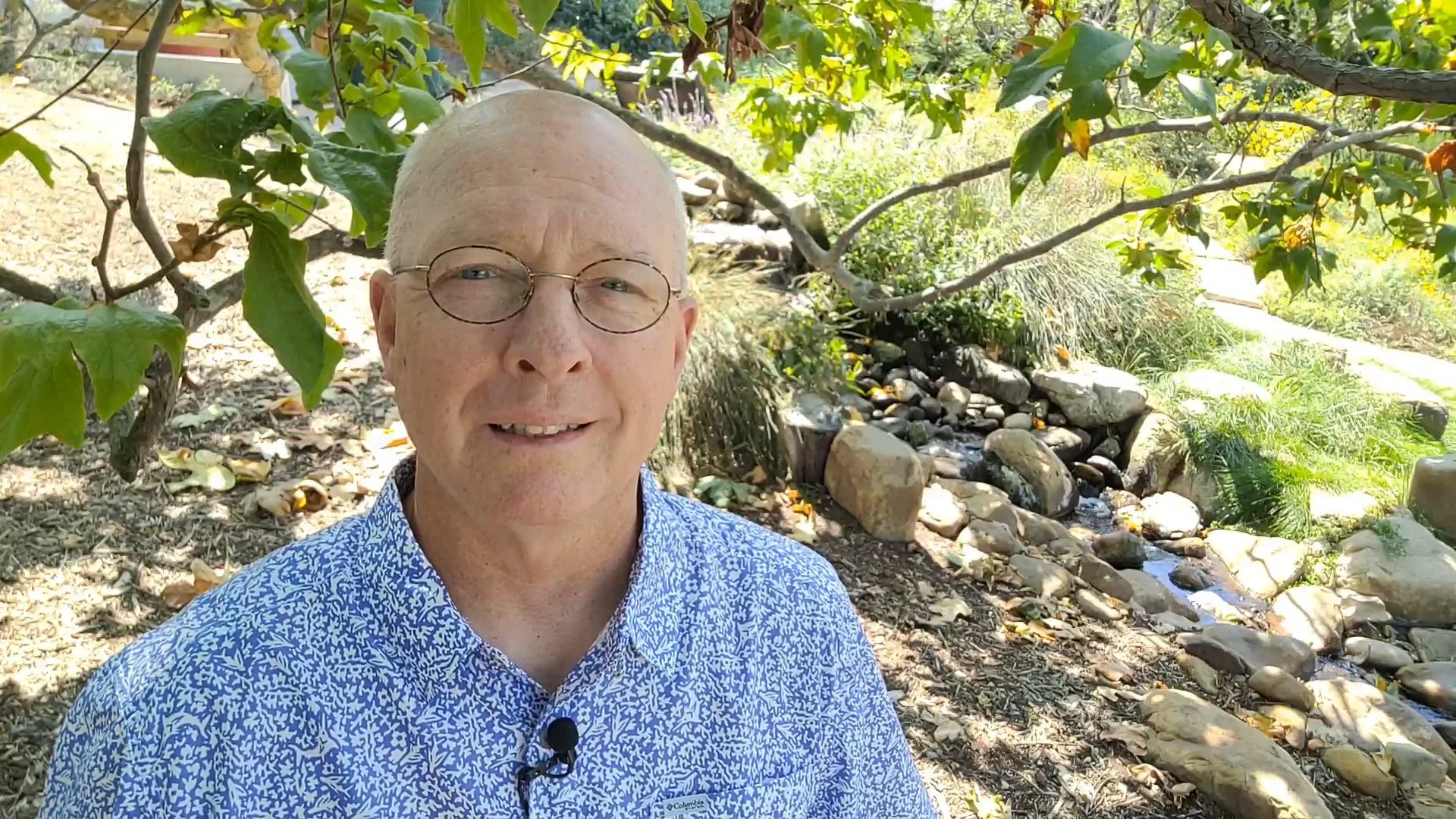My wife and I have had parents pass into eternity in recent years, and we’ve learned firsthand that among the many unexpected decisions confronting surviving loved ones is determining how much and what aspects of the deceased’s history to preserve. Wading through all their photos, slides, videos, digital files, journals, papers, and keepsakes – not to mention financial records, clothing, home décor, and other possessions – can feel overwhelming. So, I can’t begin to imagine what it must have been like for John to be summoned by the Holy Spirit into the process of curating a record of the life of Jesus for his gospel.
He described the challenge as staggering in chapter 21 verse 25. But in chapter 20 verse 31, he explained the approach the Spirit led him to adopt for making the difficult editing decisions when he said, “These are written that you may BELIEVE that Jesus is the Christ, the Son of God, and that BELIEVING you may have life in his name.”
With that statement, the apostle made clear that of all the details he could have included, his account was fine-tuned to inspire faith. And one of the ways he accomplished that was by quoting Old Testament, messianic prophecies and noting the ways God fulfilled them through and within the Savior’s ministry. Chapter 19 verses 31-37 contain two examples of this. Both involve events that occurred after the Lord’s death making their fulfillment even more belief-producing.
Jesus was crucified on the Day of Preparation for the first Sabbath of the week-long Feast of Unleavened Bread, the most sacred season on the Jewish calendar. For that reason and because of a command in the Mosaic law (Deuteronomy 21:22-23) requiring that the body of anyone hung on a tree be buried on the same day, the Jewish leaders pressed Pilate to hasten the deaths of Jesus and the thieves. The religious clock was ticking, and they were anxious to get the corpses buried.
So, soldiers were dispatched to break the legs of the dying men and make it harder for them to push themselves up to breathe. The text describes that they brutalized the thieves in this way but not Jesus because he’d already died. And John carefully noted that this was the fulfillment of a prophecy made by King David 1,000 years earlier and recorded in Psalm 34:20 where it says, “Not one of his bones shall be broken.”
Then, just to be certain Jesus was dead, one of the soldiers pierced the side of his lifeless body with a spear causing a mix of blood and water to flow from the wound. Many Bible commentators believe the specific description of the blood and water hold symbolic spiritual significance; many physicians believe it provides medical clues for the cause of death; and many Christian apologists believe it counters the argument of resurrection deniers that Jesus didn’t really die. And all of that may be true. But what is certain is that this piercing was not a random act. It was foretold. It was the realization of a prophecy made 500 years previous and recorded in Zechariah 12:10: “They shall look on him whom they pierced.”
John considered this pair of proofs for the Lord’s messiahship so powerful that in verse 35 he paused the narrative to insert a claim for the trustworthiness of his account. Referring to himself, he said, “He who has SEEN has testified, and his testimony is TRUE…so that you may BELIEVE.”
It would be easy to undervalue this part of the crucifixion record. None of the other gospel writers included these details. But John’s unique purpose compelled him to tell this part of Christ’s story and emphasize its importance. So, let’s tread reverently here and be willing to linger in the presence of the Holy Spirit who inspired these words, allowing him to use them to strengthen our faith.


